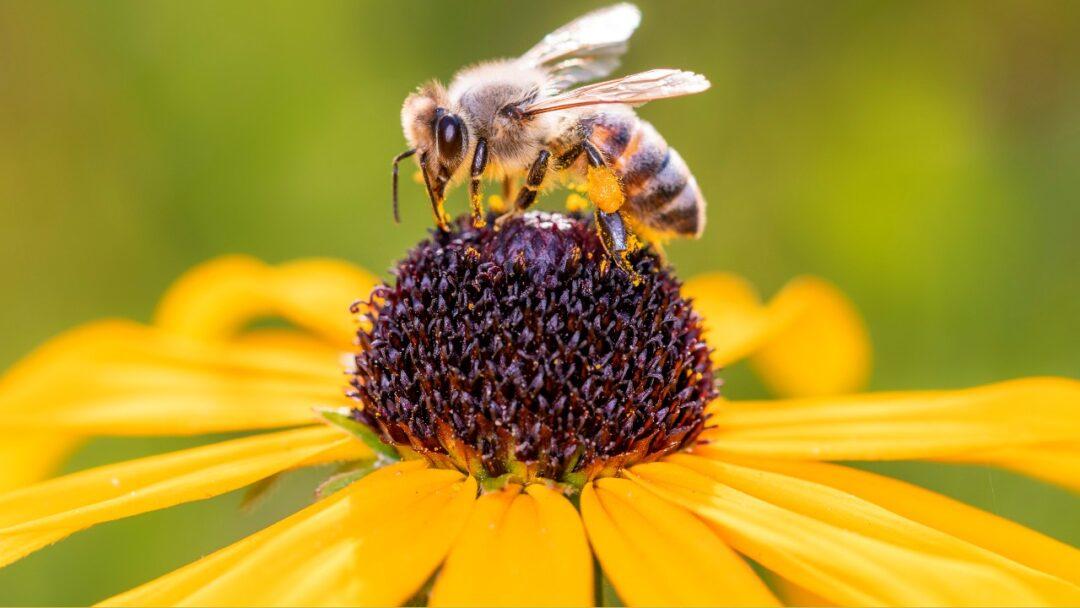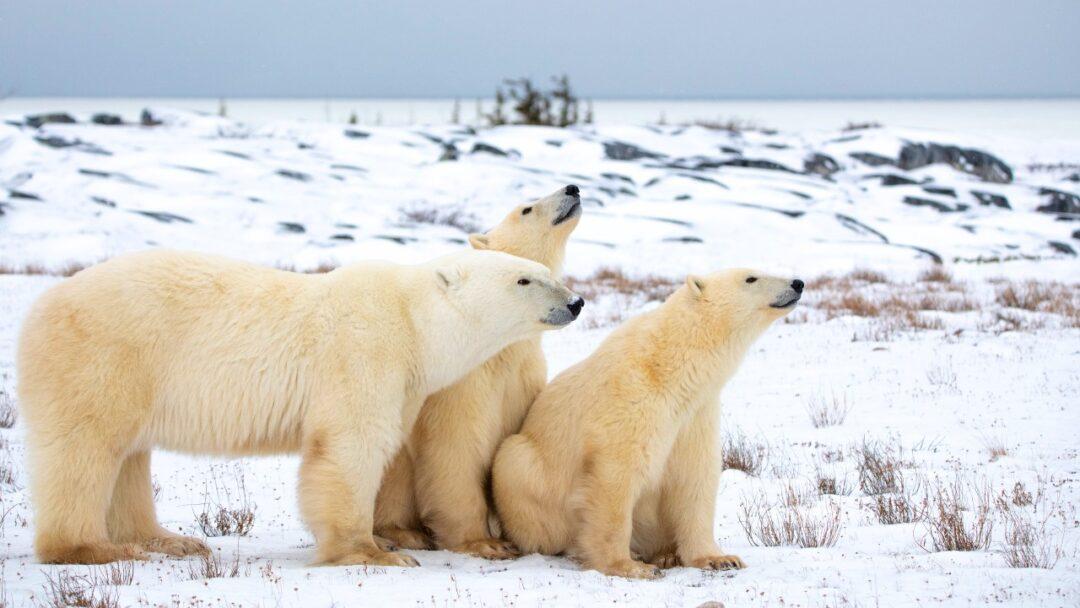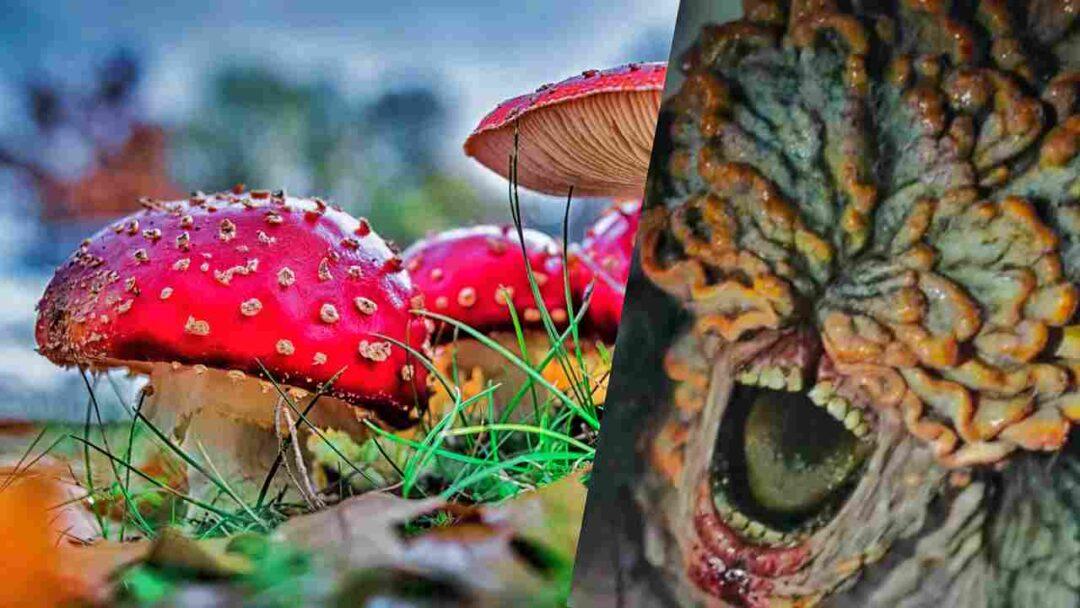Table of Contents

Introduction
Let’s explore The Amazing Lives of Bees: Pollinators and Beyond. Bees are amazing creatures that have piqued human interest for centuries. Their importance in the natural world extends far beyond honey production. Bees play an important role as pollinators, influencing the health and abundance of ecosystems all over the world. This article delves into the fascinating lives of bees, examining their environmental importance and impact on the Earth’s ecosystem.
The World of Bees: An Overview
Bees belong to the order Hymenoptera, which contains thousands of species. They can be found in a variety of habitats around the world, including forests, grasslands, and even urban areas. The honeybee is the most well-known bee species, but bumblebees and solitary bees also play an important role in pollination.
1. Structure and Anatomy:
Bees have developed distinct physical characteristics that enable them to thrive in their environments. Their bodies are covered in branched hairs that aid in pollen collection and transport. Bees have proboscis, which are specialized mouthparts that allow them to extract nectar from flowers.
2. Social Hierarchy:
Honeybees, for example, live in highly organized social colonies. These colonies are divided into three castes: the queen, the workers, and the drones. The queen is in charge of laying eggs, while workers do things like foraging, nest building, and nursing the young. Drones exist solely for the purpose of mating with the queen.
3. Pollination: A Crucial Task
Pollination is the process by which pollen is transferred from the male to the female parts of a flower, resulting in fertilization and seed production. Bees play an important role in pollination because they visit flowers in search of nectar and unintentionally transfer pollen.
4. The Pollination Process:
While collecting nectar, bees brush up against the reproductive structures of flowers, accumulating pollen on their bodies. When they visit another flower, some of their pollen lands on the stigma, allowing fertilization to take place.
5. Essential Crops:
Bees pollinate numerous crops, which account for a significant portion of our global food supply. Many fruits, vegetables, and nuts would not be able to develop properly without their pollination services. Apples, almonds, blueberries, and cucumbers are examples of crops that rely heavily on bee pollination.
6. Biodiversity Preservation:
Bees, in addition to agricultural crops, play an important role in biodiversity conservation. They help countless plant species, including wildflowers and trees, reproduce and survive. Bees contribute to the health of ecosystems and provide habitat for other organisms by pollinating a wide variety of plants.
Fascinating Bee Behaviors
Bees exhibit fascinating behaviors that have intrigued scientists and nature enthusiasts alike. Some notable behaviors include:
1. Dance of the Honeybee:
Honeybees communicate the location of rich nectar sources to their fellow foragers via a dance language known as the “waggle dance.” Bees communicate information about the distance, direction, and quality of the food source by performing specific movements and patterns..
2. Pollen Collection:
Bees have developed a variety of pollen collection techniques. They transport pollen back to the hive using their branched hairs and specialized structures on their legs known as pollen baskets or corbiculae.
3. Hive Construction:
Honeybees are master builders, building intricate hive structures out of beeswax. The hexagonal cells they construct make efficient use of space, allowing for the storage of honey, pollen, and brood rearing.
Environmental Importance and Ecosystem Impact
The importance of bees extends far beyond their role as pollinators for crops. Their impact on the environment and the Earth’s ecosystem is significant:
1. Role in Food Production:
It is estimated that bee pollination is directly or indirectly responsible for one out of every three bites of food we consume. Bees help to increase agricultural productivity by ensuring the successful cultivation of crops that feed both humans and animals.
2. Wildflower Propagation:
Bees are critical to the growth of wildflowers and other flowering plants. They transfer pollen by visiting different plant species, allowing these plants to reproduce and continue their lifecycle.
3. Ecosystem Balance:
Bees play an important role in maintaining ecosystem balance. They contribute to the web of life by pollinating various plant species, providing food and habitat for countless other organisms such as birds, insects, and mammals.
The Threats Facing Bees
Unfortunately, bees face numerous challenges that put their populations at risk:
1. Habitat Loss:
The loss of suitable bee habitats has been caused by urbanization, deforestation, and the conversion of natural habitats into agricultural land. The loss of habitat has a negative impact on bee populations and their ability to find adequate food sources.
2. Pesticide Use:
The widespread use of pesticides, including neonicotinoids, has harmed bee health. These chemicals have the potential to impair bee navigation, weaken their immune systems, and even cause colony collapse disorder.
3. Climate Change:
Climate change poses significant challenges for bees. Temperature and precipitation patterns can change, affecting the availability of nectar and pollen, the timing of plant flowering, and bee nesting habitats.
Some FAQs About Bees
Why are bees important as pollinators?
Bees play an important role in pollination by transferring pollen from male to female parts of flowers, allowing plants to reproduce. This process is necessary for the growth of fruits, vegetables, and seeds, which contribute to the diversity and abundance of plant life.
How many species of bees exist?
There are over 20,000 known species of bees in the world, with varying sizes, colors, and behaviors. Each species, from honeybees to bumblebees and solitary bees, contributes uniquely to pollination and ecological balance.
What is the difference between honeybees and bumblebees?
Honeybees and bumblebees are two types of bees. Bumblebees form smaller colonies and do not store honey, whereas honeybees live in large colonies and produce honey. Both are important pollinators, but their behaviors, appearance, and nesting habits are distinct.
How do bees communicate with each other?
Bees communicate in a variety of ways, including dancing. Honeybees, for example, use a “waggle dance” to communicate the direction and distance of food sources to their hive mates. Pheromones, vibrations, and sounds are also used to communicate important information within the colony.
Are all bees capable of stinging?
While not all bees can sting, many species have stingers to defend themselves. Female honeybees, bumblebees, and some solitary bees have stingers that they can use if they feel threatened. Male bees, on the other hand, have no stingers at all.
How can we help conserve bee populations?
There are numerous ways to contribute to bee conservation efforts. Planting bee-friendly flowers, avoiding pesticide use, providing water sources, and constructing suitable nesting habitats, such as bee hotels, can all help bees and their overall population.
What are some fascinating facts about bees?
Bees have amazing characteristics and behaviors. Honeybees, for example, perform complex navigation dances, some bees can see ultraviolet light patterns on flowers that humans cannot see, and solitary bees have a variety of nesting habits, including burrowing in the ground and using hollow plant stems.
Do all bees produce honey?
No, not every bee produces honey. Honeybees, specifically the Western honeybee (Apis mellifera), are well-known for producing honey. Bumblebees and most solitary bees do not produce as much honey or store it in such large quantities as honeybees.
Can bees recognize human faces?
Bees have excellent visual memory and recognition abilities, but they have evolved to recognize and remember floral patterns and landmarks in their environment rather than human faces.
How far can bees fly from their hive?
Bees’ foraging range varies according to species and the availability of nectar and pollen sources. Honeybees can generally fly several miles (5 miles or more) from their hive in search of food.
Conclusion
Bees are enthralling creatures with intricate social structures and behaviors. Their pollinator role is critical for the health and diversity of ecosystems. We can protect bee habitats, reduce pesticide use, and mitigate the effects of climate change by understanding the importance of bees and the threats they face. Saving bees’ lives is critical not only for their survival but also for the health of our planet and future generations.
15 NATURAL WONDERS YOU MUST SEE IN YOUR LIFETIME : NEXT POST




